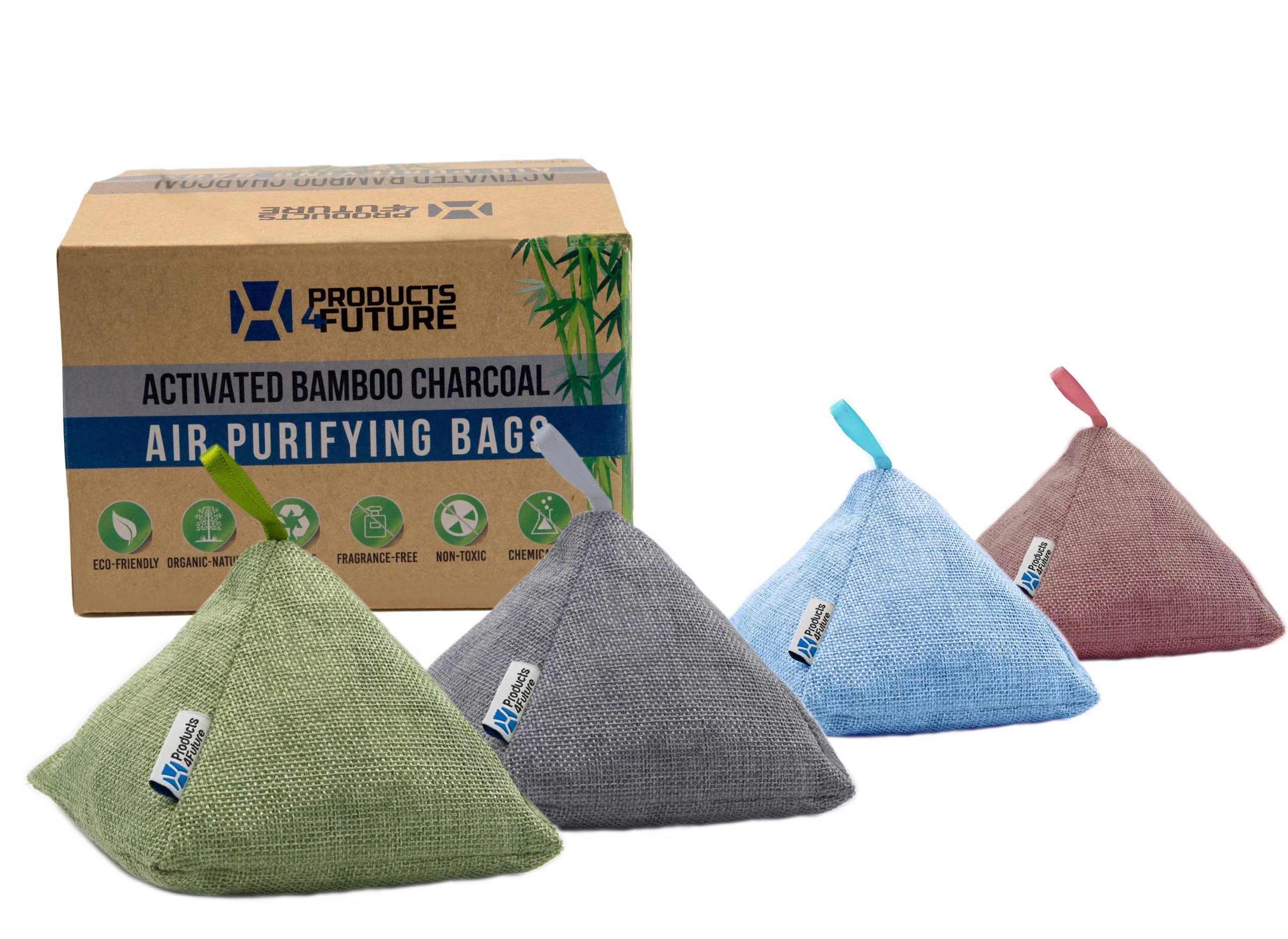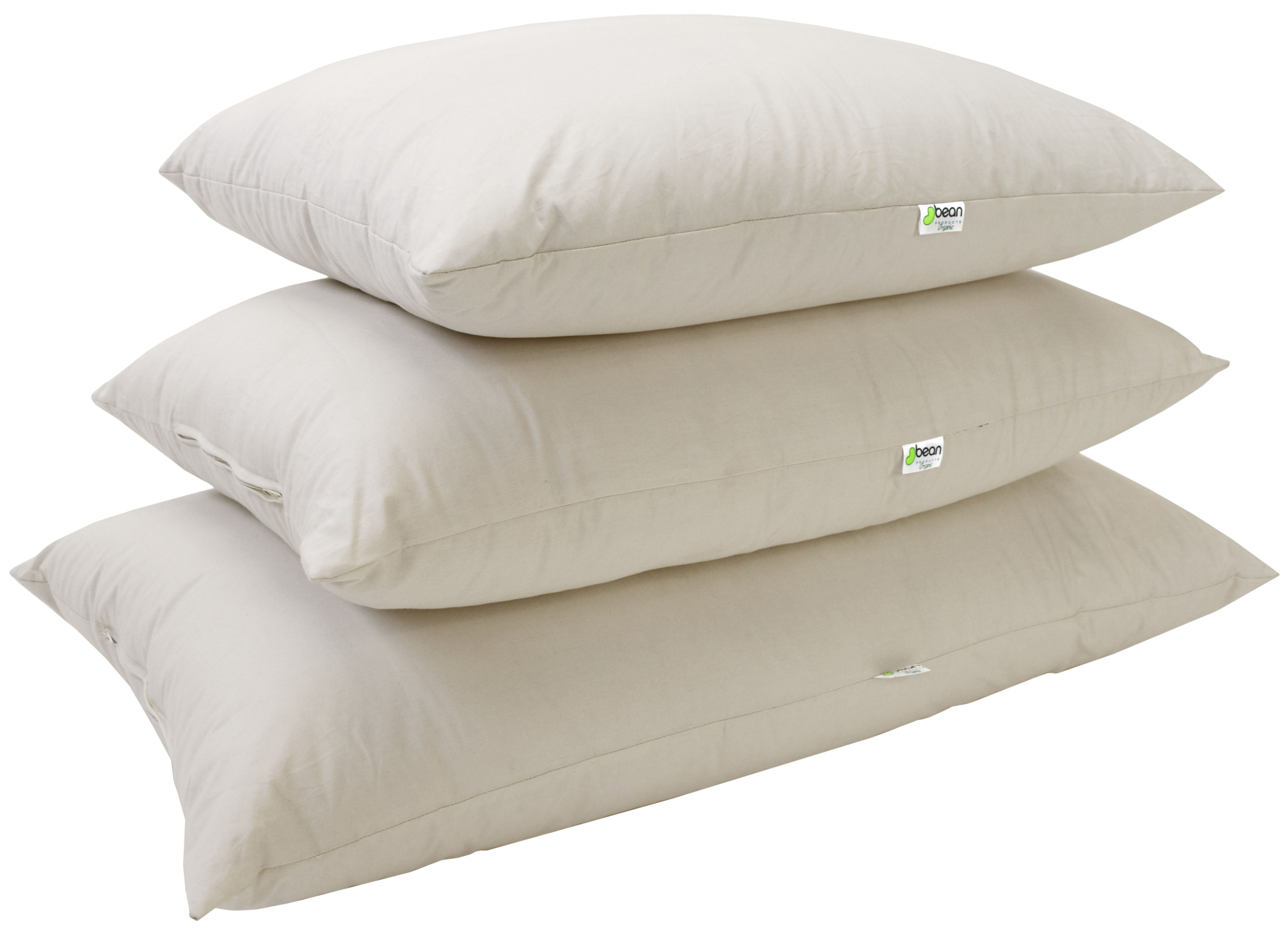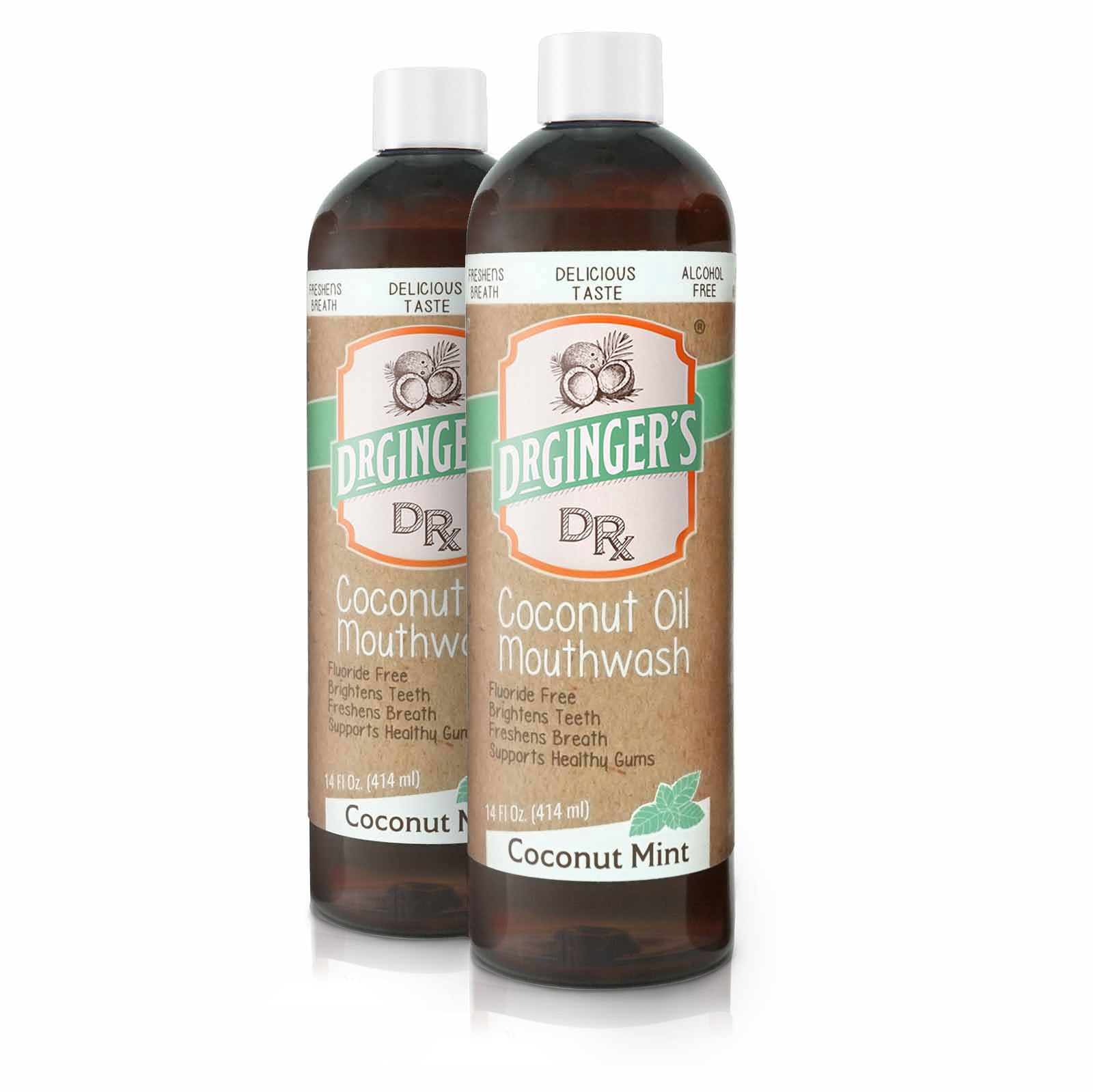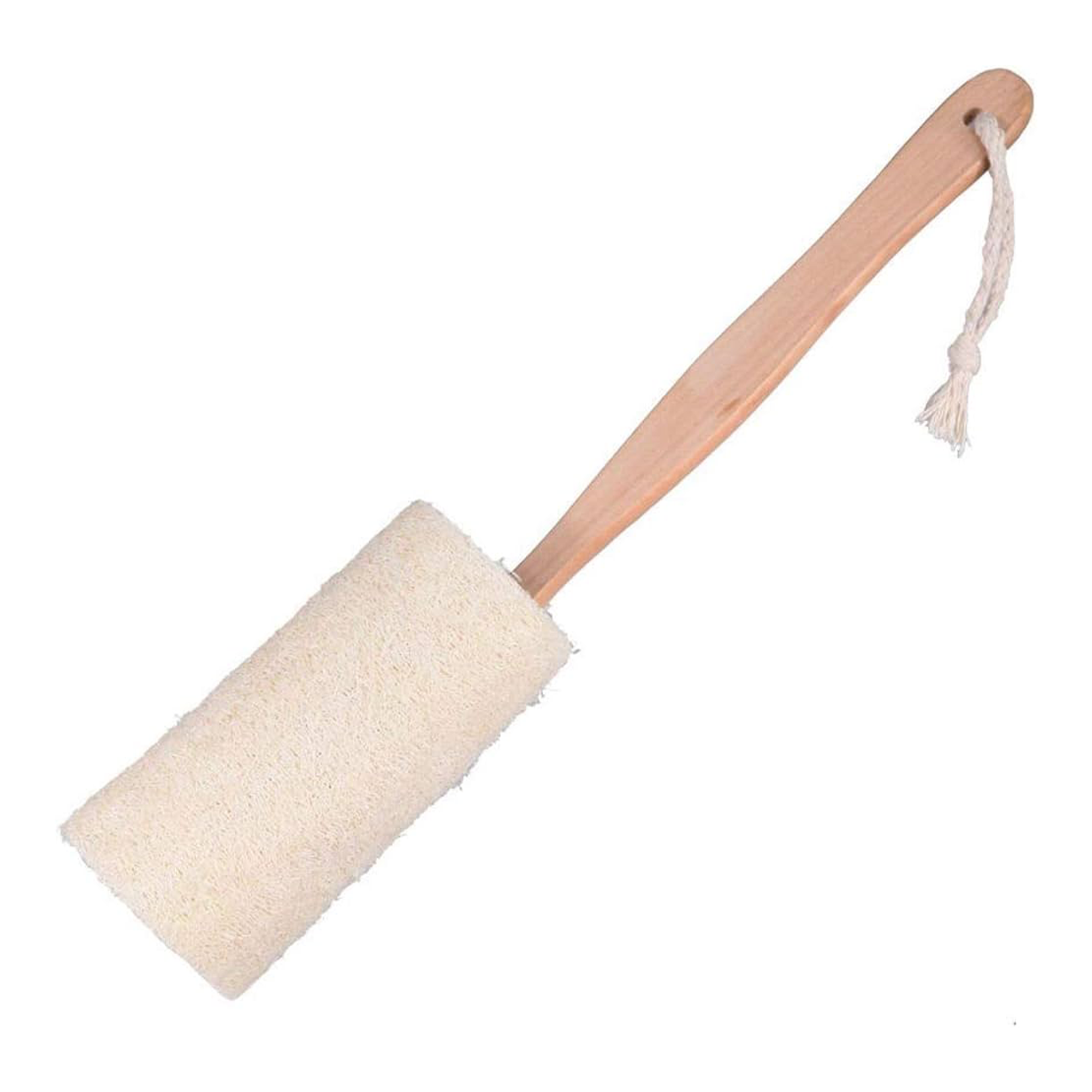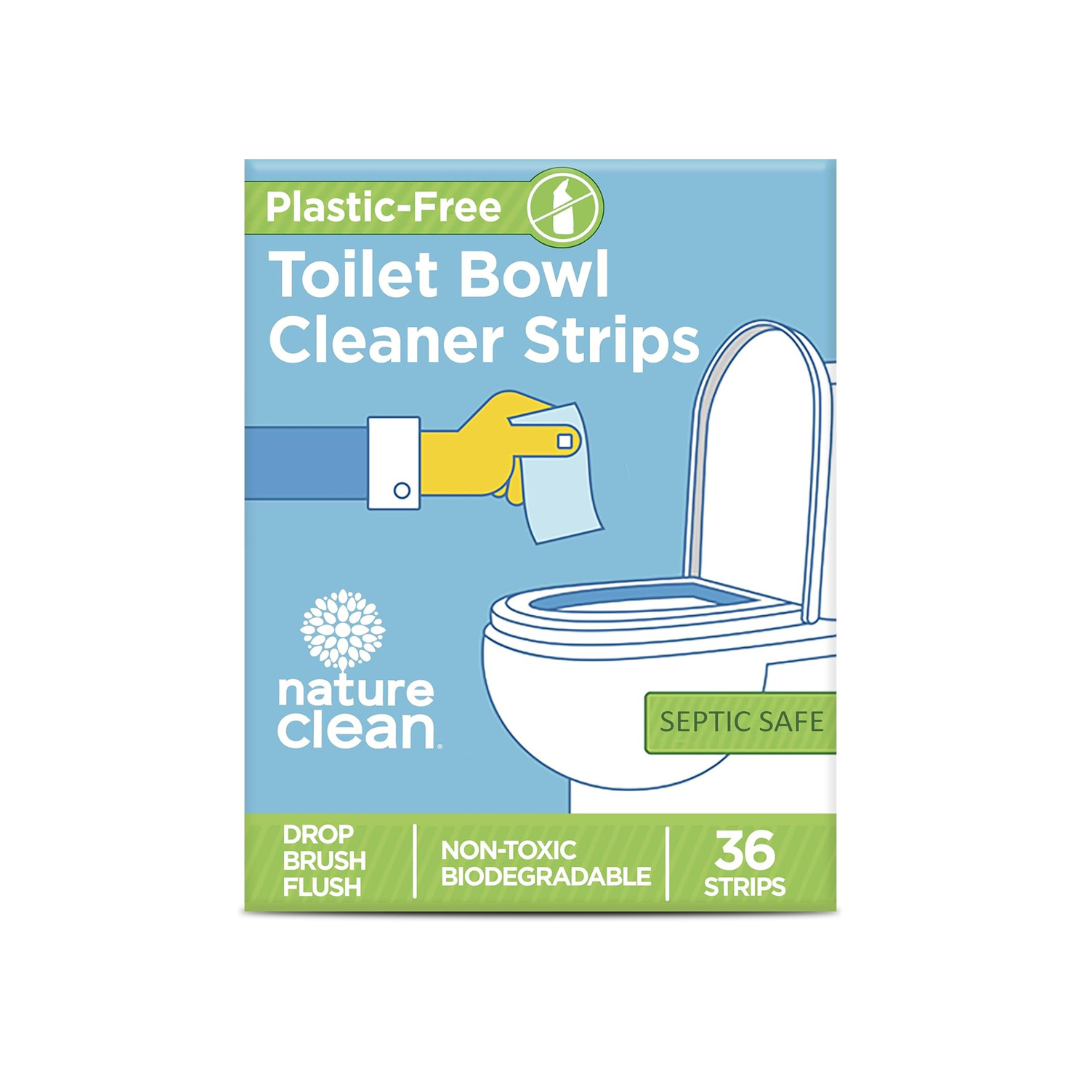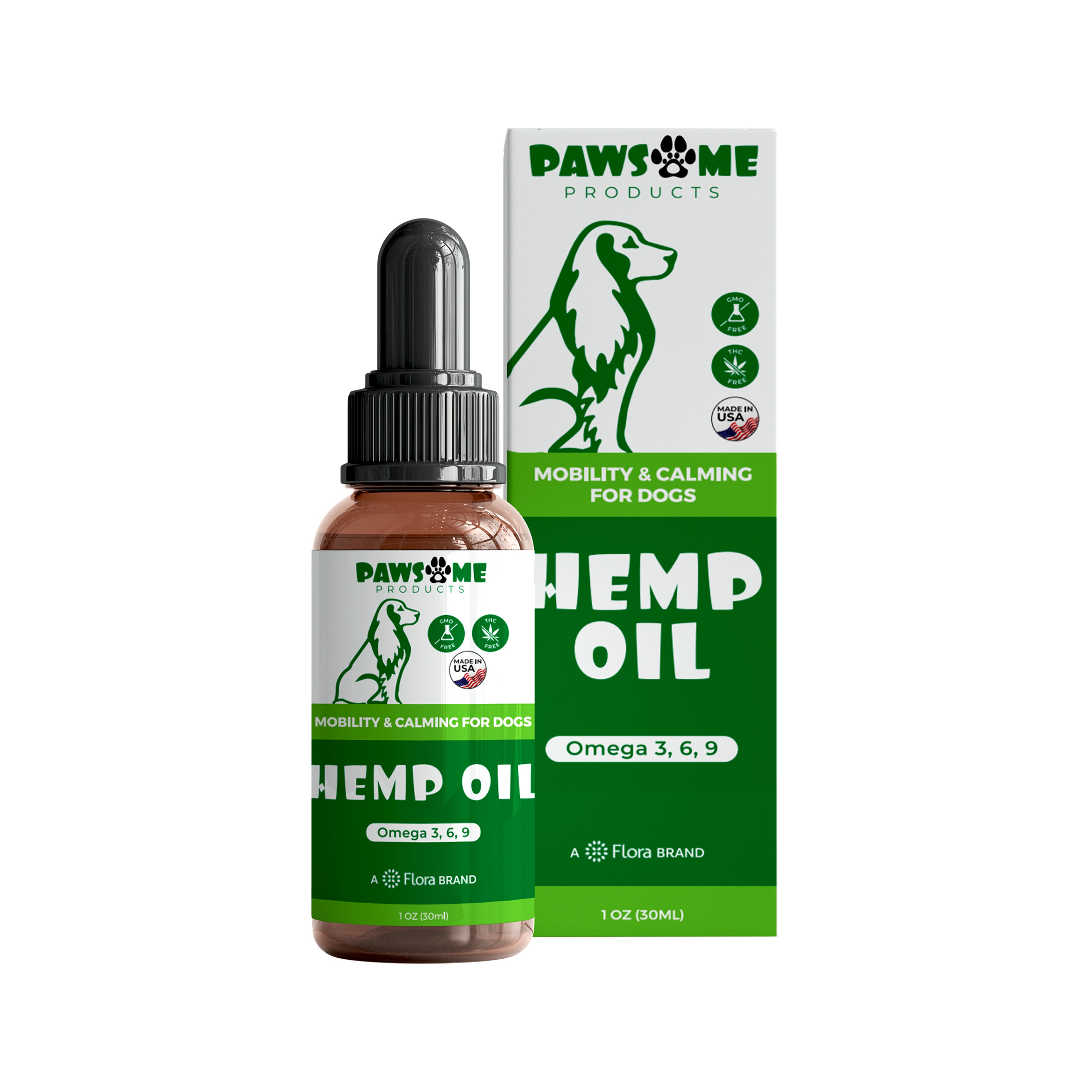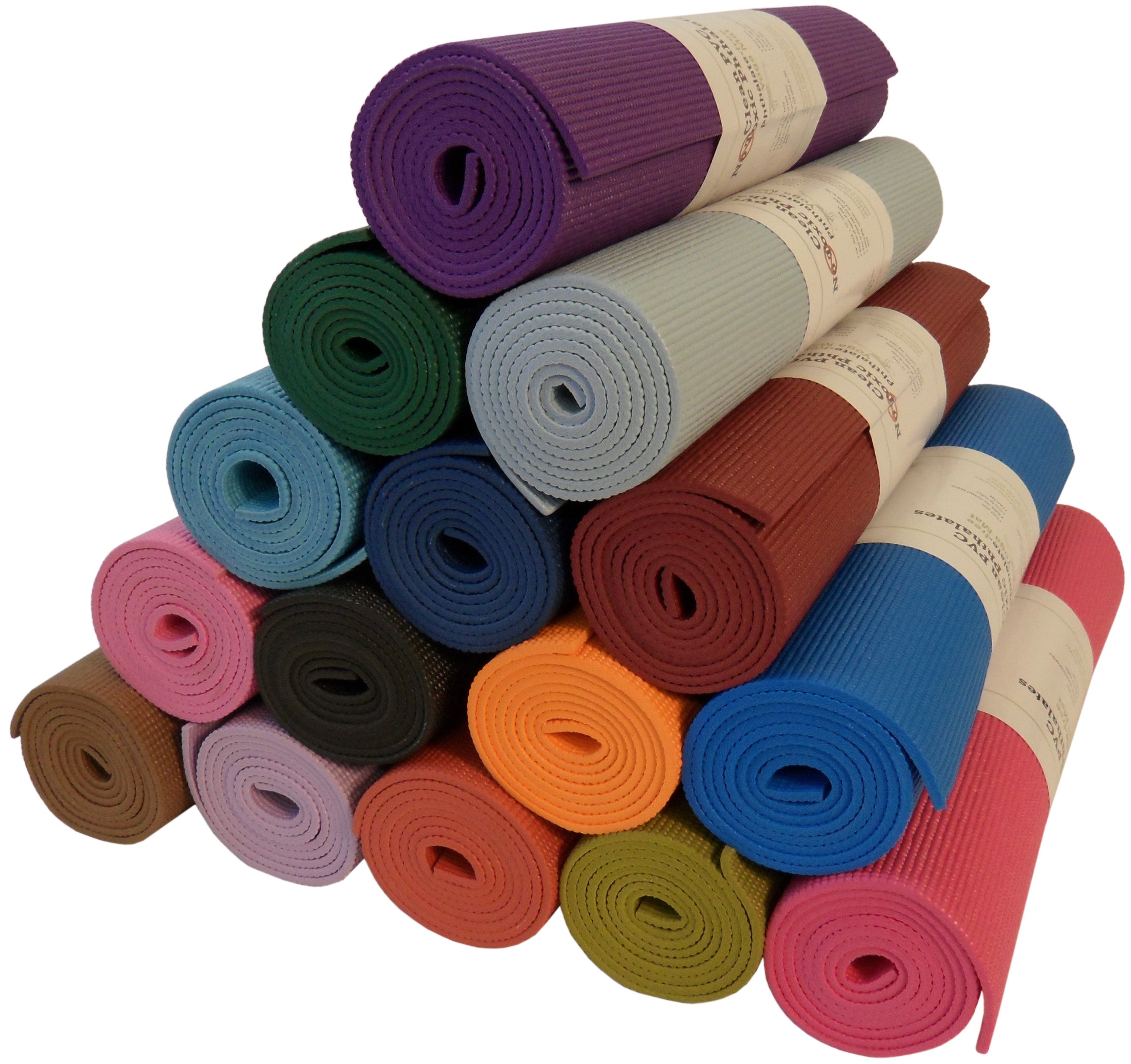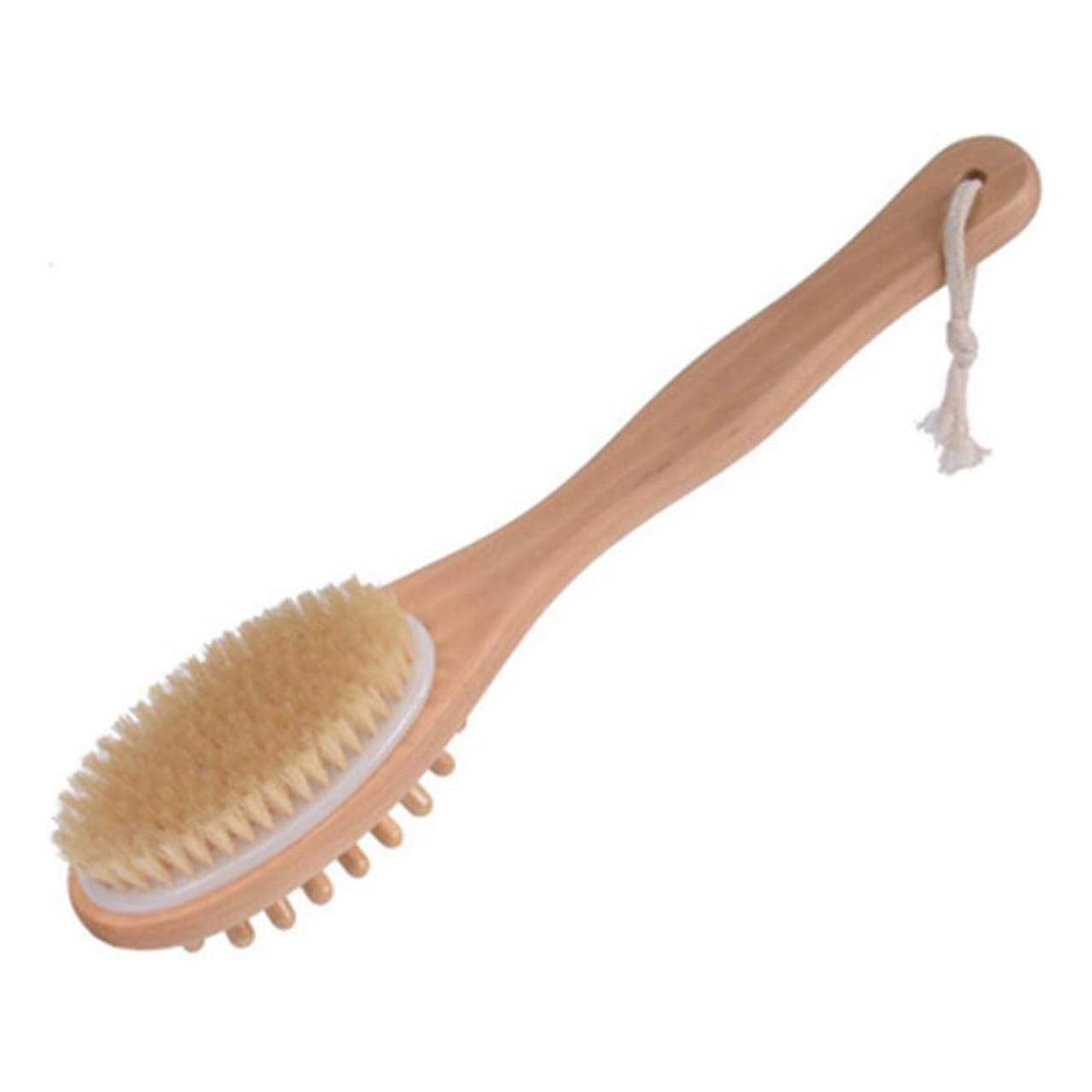Transitioning to a greener home doesn’t have to be daunting. Small, manageable changes can accumulate to create significant environmental benefits. This blog post will explore 10 easy swaps that any family can implement to make their home more eco-friendly. From kitchen essentials to personal care, these swaps will not only minimize your ecological footprint but can also improve your overall well-being and potentially reduce household expenses in the long run. Let’s embark on this journey towards sustainability, one swap at a time, ensuring our actions today help pave the way for a greener tomorrow.
10 Easy Eco-Friendly Swaps for a Greener Home
Swap 1: From Plastic to Glass Storage Containers
Switching from plastic to glass storage containers is a fantastic way to reduce your household's reliance on plastics, which often end up in landfills or the ocean. Glass containers are not only durable and can be used repeatedly, but they are also free from chemicals that could leach into your food. Another benefit of glass is its ability to be recycled indefinitely without loss of quality or purity. By adopting glass containers, you are choosing a safer, healthier option for storing your family’s food and contributing to a reduction in plastic waste.
Swap 2: Replace Disposable Paper Towels with Reusable Cloths
Disposable paper towels contribute to deforestation and waste. An easy and effective swap is to start using reusable cloths made from materials like bamboo or cotton. These cloths can be washed and reused multiple times, reducing your household waste and the need for frequent purchases. This swap not only helps in conserving trees but also minimizes the energy and resources used in the production and transportation of disposable towels.
Swap 3: Switch to Eco-Friendly Cleaning Products
Many conventional cleaning products contain harsh chemicals that can harm our health and the environment. Opting for eco-friendly cleaning products made from natural ingredients helps reduce the release of these toxic substances into our homes and waterways. Flora offers a range of products that are effective and biodegradable, ensuring you don’t have to compromise on cleanliness to maintain an eco-friendly home.
Swap 4: Opt for LED Light Bulbs Over Traditional Incandescent Bulbs
LED light bulbs are a superior alternative to traditional incandescent bulbs as they use up to 90% less energy and last 25 times longer. This not only cuts down your electricity bill but also significantly reduces the number of bulbs you need to purchase and dispose of over time. Making this swap is one of the quickest and most effective ways to decrease your household’s energy consumption and carbon footprint.
Swap 5: Choose Natural Fiber Textiles for Home Decor
Natural fibers like cotton, wool, and linen are more sustainable than synthetic fibers, which often involve energy-intensive production processes and can take hundreds of years to decompose. By choosing natural fibers for your home decor items such as curtains, rugs, and upholstery, you are opting for biodegradable and often more breathable materials that are better for the environment and your health.
Swap 6: Use Water-Saving Fixtures
Installing water-saving fixtures like low-flow showerheads, faucets, and dual-flush toilets can significantly reduce your home's water usage. These fixtures are designed to provide adequate water flow while reducing waste, which not only helps conserve one of our planet’s most precious resources but also lowers your water bill. This is an especially impactful swap in areas prone to drought or where water conservation is essential.
Swap 7: Install a Programmable Thermostat
A programmable thermostat can make your home’s heating and cooling more efficient by automatically adjusting the temperature based on your schedule. This prevents energy wastage from heating or cooling an empty house and ensures comfort when you’re home. By reducing your energy use, this swap also lowers your utility bills and your home’s overall carbon emissions.
Swap 8: Select Eco-Friendly Personal Care Products
Personal care products, such as shampoos, soaps, and lotions, often contain ingredients that can be harmful to both our health and the environment. Switching to eco-friendly brands that use natural, biodegradable ingredients minimizes your exposure to harmful chemicals and reduces your ecological impact. Many eco-friendly companies also prioritize sustainable packaging options, further decreasing environmental harm.
Swap 9: Incorporate Indoor Plants for Better Air Quality
Indoor air pollution is a concern in many homes, and incorporating indoor plants is a natural way to improve air quality. Plants like spider plants, peace lilies, and snake plants are known for their ability to absorb pollutants and produce clean oxygen. Adding these green companions not only beautifies your home but also promotes a healthier living environment.
Swap 10: Adopt Composting
Composting organic waste like food scraps and yard debris reduces the amount of garbage sent to landfills and provides you with rich soil for gardening. This practice not only recycles nutrients back into the earth but also cuts down on methane emissions from landfills and the use of chemical fertilizers, promoting a healthier ecosystem in your own backyard.
Conclusion
Embracing eco-friendly swaps within your home is a rewarding journey towards sustainability that benefits both the environment and your family's well-being. Each small change accumulates, contributing significantly to the global effort of environmental preservation. Remember, the journey of a thousand miles begins with a single step.
Start with one or two swaps and gradually incorporate more as you see their benefits unfold in your daily life. For more insights and tips on living sustainably, visit our website. Additionally, to keep up with the latest trends, stories, and guidance on eco-friendly living, make sure to check out Flora Blog. Let's make each choice count towards a greener, cleaner planet. Together, we can make a difference—one swap at a time.




